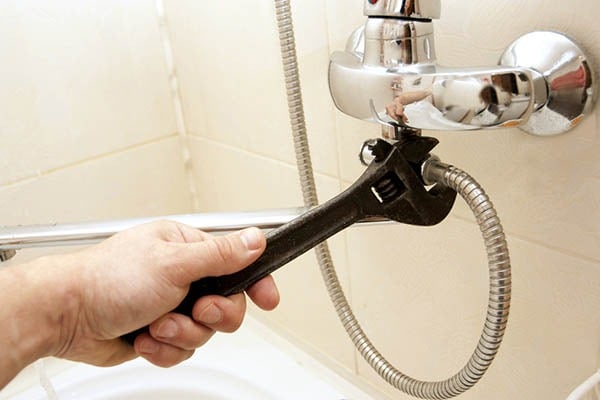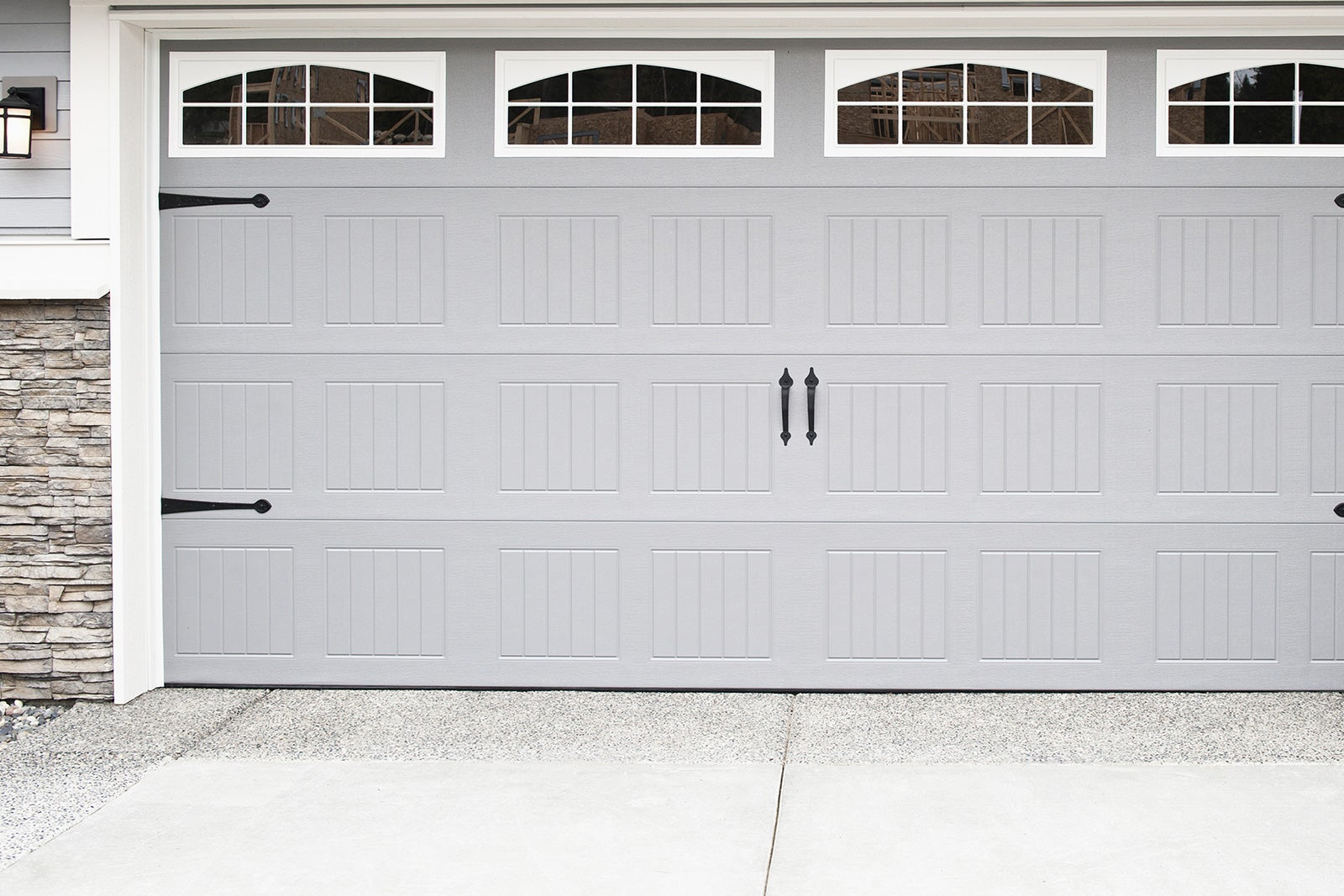With the depths of winter approaching, it’s a good idea to get your outdoor faucets, also called hose spigots or hose bibs, ready for plunging temperatures. Leaking outdoor faucets can cause your pipes to freeze and crack, creating plumbing issues inside your home as well.
Before the first freeze arrives, take steps to weatherize your outdoor faucets. And, if you're looking for suggestions on how to fix a leaky hose bib, taking a few DIY-friendly measures can help.
Why Do Pipes Break When They Freeze?
You might be surprised to learn that ice forming in a water pipe typically does not cause it to break where the ice blockage occurs. Although water increases in volume (by approximately 9 percent) when it freezes, and ice does put pressure on your pipes, it may not cause direct damage. Instead, an ice blockage increases the water pressure "downstream" — that is, between the ice and a closed faucet.
Related: A Homeowner’s Guide to Frozen Pipes
This increase in water pressure is what typically leads to pipe failure, and if your pipes burst, they usually do so far from the site of freezing. That means that any ice that forms due to a leaky outdoor faucet can cause a pipe to rupture inside the walls of your home, leading to thousands of dollars in water damage.
Weatherizing Your Outdoor Faucets
Protect your outdoor faucets against those "downstream" breaks in your water pipes by taking the following measures.
- Conduct an inspection. Check your outdoor faucets for any leaks or drips and repair them before cold weather arrives. Also, inspect your exterior walls and foundation for cracks or holes near your hose bibs. Caulk or otherwise seal them to prevent cold air from reaching your pipes.
- Disconnect and drain all hoses attached to your hose spigots. Not removing hoses and any other connections from the hose bib can trap water and cause the fixture to freeze.
- Drain the faucet. If possible, close the outdoor supply valve and drain the pipe leading to the faucet. By draining all water from the faucet system, you can prevent ice from forming. Before freezing weather sets in, locate and close the valve supplying water to the outside faucet, and then open the faucet outside and drain the pipe. (If your outdoor faucets do not have a dedicated supply, turn off the main water supply to drain them).
- Insulate. Protect your outdoor faucets from extreme temperatures using faucet covers, available at most hardware and home improvement stores. They’re inexpensive, easy to install (usually with no tools required) and have a lifespan of several years. If you live in a climate that turns especially frigid in winter, you might want to install some insulation inside the faucet cover to provide extra warmth.
Related: Protect Your Home Against Snow




